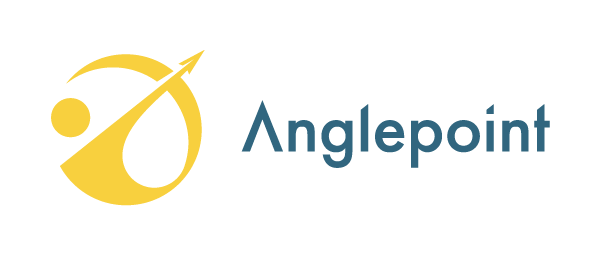Ask any Oracle customer and they’ll tell you: “Oracle’s licensing model is too complex.”. In fact, even today when I speak with customers, they describe their experiences with feelings of angst and frustration due to the level of confusion surrounding the proper management and use of Oracle’s software programs.
“We want nothing more than to be compliant with Oracle. It just seems that Oracle makes it really hard to do that.”
“I wish Oracle would be more up-front when it comes to licensing.”
“Ask three different people at Oracle a question and you can expect to get three different answers.”
Most, if not all, customers want to be compliant but Oracle’s license model makes it almost impossible for them to do so on their own. It then comes as a surprise when I hear that same customer suggest that they are considering the purchase of a separate software asset management tool to manage all the complexity.
Say what?
If the logic is making you dizzy, you’re not alone. I refer to as Software Syndrome – a play for what is commonly referred to as Stockholm Syndrome. The idea that managing Oracle’s complex software license model requires the purchase of additional software is simply perplexing. It is also a programmed response from individuals who see automation as a way to simplify complex processes into manageable tasks. And why wouldn’t they? Software has allowed organizations to achieve tremendous progress and become far more efficient than ever before. The better question to be asking here is whether such a software asset management tool by itself will prove to be effective. I’m not convinced it will and here’s why:
The procurement, use, and management of enterprise software itself has created what can almost be described as a trauma bond wherein the victim (or customer in this case) endures “ongoing cycles of abuse in which the intermittent reinforcement of reward and punishment creates powerful emotional bonds that are resistant to change”. In other words, enterprise software customers appear to recognize the tremendous benefits, such as efficiency, that software automation can bring to the organization (reward) while simultaneously failing to manage the additional complexity and administrative burdens, such as software asset management, that go along with it (abuse). Similarly, you’ll generally find that most of Oracle’s customers are relatively satisfied, if not entirely pleased, with the performance of Oracle’s software, however, when faced with discussions around license compliance, Oracle customers find themselves at odds as to whether the investment is really worth the complexity that goes with it.
There must be a software asset management tool designed to address this right? The answer is no.
Most organizations who find Oracle license requirements difficult at best, and impossible at worst, will also soon discover that because of Oracle’s complex licensing model, spanning across a broad spectrum of various programs, no software asset management program exists today that can “automagically” address the nuances that plague Oracle’s licensing model. No software tool or program can be all things to all people and on some level you’ll always be compromising. The ability to account for so many different variables is impossible (or at least to the extent that building such a program would be far too costly to ever justify its use). Now, I’m not suggesting that Oracle customers avoid software asset management tools entirely, however, it requires a careful analysis to determine whether the investment in additional software will mitigate enough risk to justify the cost. This is an investment, after all, and you’ll want to know what the return on investment will be.
Generally, what you’ll find in the market for software asset management tools and/or programs are limited to managing a wide array of entitlements but only capable of capturing usage for database related programs. If you’re an organization that uses more than just database, then your return on investment will decrease quite rapidly.
When it comes to managing Oracle software licenses, software asset management programs will only get you so far. You’ll still need the right experts to interpret contracts, analyze data, and provide you the insight you need to make risk-based decisions. It is, therefore, imperative to think of managing Oracle software as an initiative that is centered around licensing experts (people) first and tools (software) second.
Who knows — perhaps someone will create a software asset management program that “automagically” does it all. I just wouldn’t wait for that to happen before tackling your Oracle software asset management requirements today.
